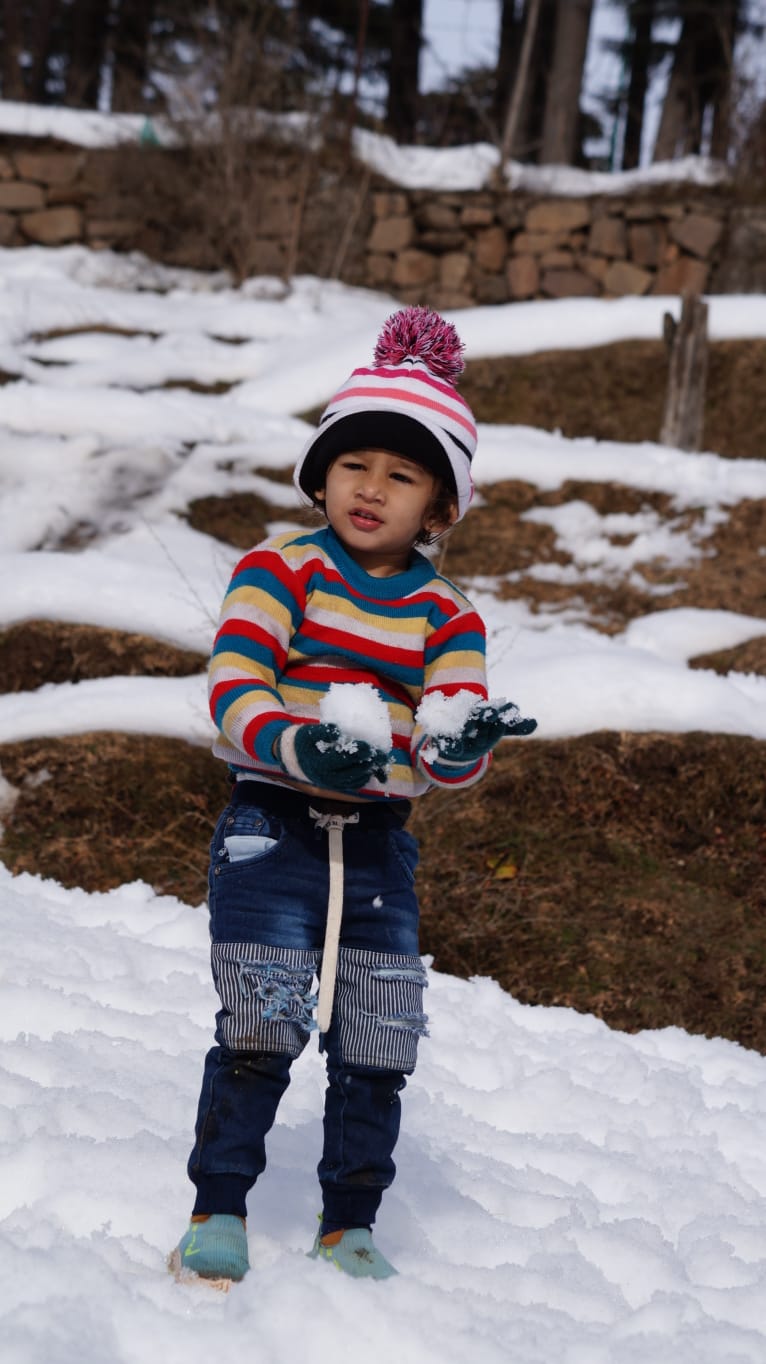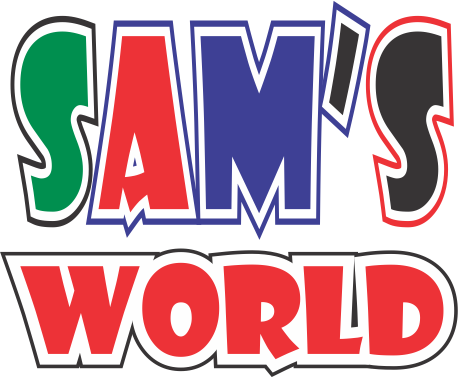
OUTDOOR ACTIVITIES ENCOURAGING PHYSICAL DEVELOPMENT IN CHILD CARE
Share
OUTDOOR ACTIVITIES ENCOURAGING PHYSICAL DEVELOPMENT IN KIDS CARE
With 2022 knocking the door another area of development to be encouraged in children this year is fine motor skills - or use of their hands and gross motor skills - larger movements your baby makes with his arms, legs, feet, or his entire body. With mastery in both, fine and gross motor skills, the child gets greater independence in life.
Both, gross and fine motor skills are a very important tools that children use in their surroundings; be it home, playground or classroom (for if they are old enough). A child’s motor skills are strengthened with a lot of activities; play being the important one. We need to give ample opportunities to children to play with different materials as children will enjoy it and grow in a different way.
Activities For The Betterment Of Gross Motor Development
Gross motor skills is basically a control on the arms, legs, head and trunk. You can help children develop gross motor skills by providing them with opportunities to:
- Run : By running in different speed and pace a child learns to control his entire body, resulting in better development of his/her gross motor skills.
- Jump & Hop : Jumping and hopping gives them an idea as to how to keep balance and yet be in motion.
- Catch & throw : This activity plays a major role in improving their hand-eye coordination along with gripping.
- Climb up & down : This activity is the one in which children learn keeping balance and coordination for all body parts to do something.
- Climb over, under or through things : This activity requires a lot of coordination amongst all the muscles of the body and help a child develop good sense of area and surroundings.
- Pedalling or ride-on toys : Coordination amongst various muscles is required to do this activity enhancing a child’s sense of movement.
- Push & Pull : As a child uses his hand muscles to understand the push and pull concept they improve their gross motor skills.
- Dump & Fill: It takes integrated muscle movements, concentration, and cognitive reasoning for a child to do this activity of dumping into a toy and filling it.
- Activities For The Betterment Of Fine Motor Development
Fine motor skills include careful control of small muscles in the hands, feet, fingers and toes. Controlling the muscles of the tongue and lips in order to speak or sing is also included in fine motor skills. Activities that encourage children's development of fine motor skills and give them a practice in hand and finger coordination are:
- Play dough or clay : As a child plays with these textured materials, they use their tiny muscles to make up something beautiful.
- Blocking & Stacking : Improving integrated muscle movements, concentration, and cognitive reasoning blocking and stacking play a major role in refinement of fine motor skills.
- Threading : This activity involves a lot of hand-eye and finger muscles which in turn refines fine motor skills as a child practices and improves.
- Puzzles : Puzzle enhance a child’s understanding about a 2-D and 3-D plane and improve muscle coordination as they practice now and often.
- Scissors, paints, brushes and large chalk that are all child-safe : Putting tiny muscles in use a child refines their fine motor skills by using these tools.
- Let things get messy as your children unleash their creative selves to the tools you’ve provided them with. Let them explore properties and possibilities of materials like paints, sand, clay, water and glue. Try not imposing control over your child’s creativity and see the way they enjoy the process rather than the product.
Let your child lead the way. Don't be alarmed if the fine motor skills progress slowly than their gross motor development. Fine motor skills develop more slowly as they require a lot of practice.
Most 3-year-olds run happily for hours on a playground but few really have the patience to sit and copy a drawing of a circle. Also the smaller muscles of the body (in the hands and fingers) tire out more easily than the larger muscles in the arms and legs, so endurance and strength has to be built up gradually before your child's dexterity can improve.
Another reason why a child's fine motor skills progress more slowly is the fact that it is closely linked to cognitive development. A child must be able to think in a 3-D manner to be able to build a fort.
Every learning lesson is a slow process. So, be patient, encourage them and be supportive of the child's efforts and needs. They will surely be moving big rocks later in life. Don’t worry!
